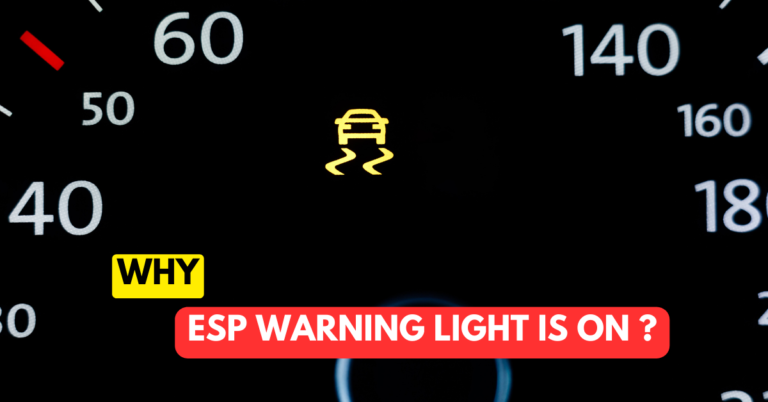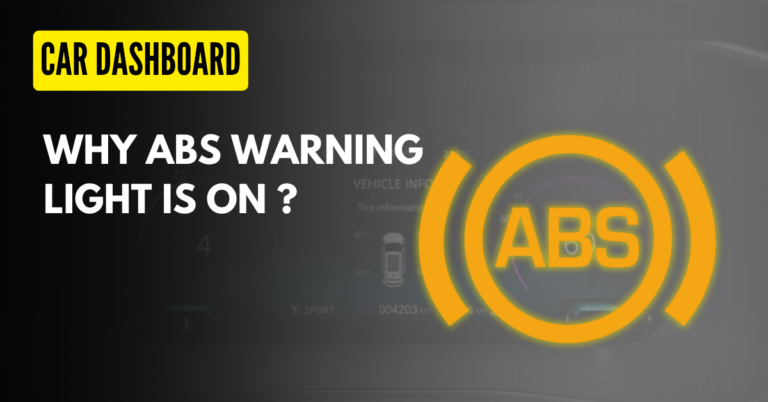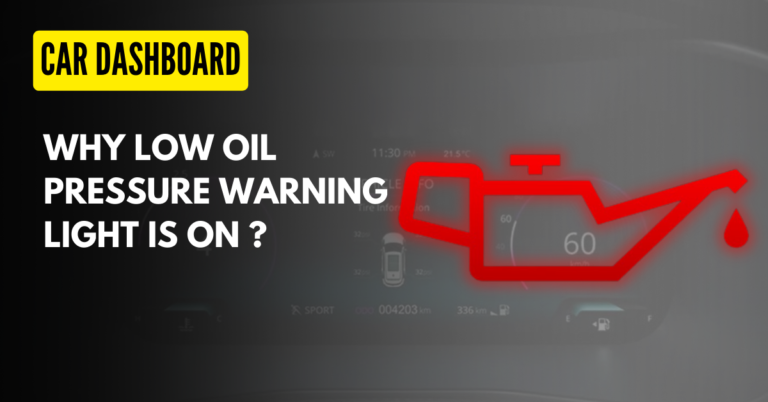The Immobilizer Warning Light, commonly represented by a key symbol, padlock icon, or a car with a key inside on the dashboard, signifies the activation of the vehicle’s immobilizer system. This light indicates that the engine won’t start without the correct key or authorized access. It’s an anti-theft feature designed to prevent unauthorized use and theft of the vehicle.
What is Anti Theft Light in car ?
The Anti-Theft Light activates when the vehicle’s security system disables the engine’s start function due to the absence of the original key. This safety feature aims to prevent unauthorized access to the vehicle by immobilizing the engine’s starting mechanism unless the correct key or authorized access is used.
Modern vehicles employ technologies like radio frequency identification (RFID), transponder chips, or proximity sensors to recognize the unique code embedded in the key fob or smart key. When the key is within range, the system permits the vehicle to start and operate.
The Immobilizer Warning Light behaves differently when it stays constantly on versus when it blinks.
Why Is Immobilizer Light ON?
If the light stays constantly on, it typically signifies a problem in the immobilizer system, potentially indicating that the system isn’t recognizing the key’s code. This might prevent the engine from starting.
Why Is Immobilizer Light Blinking?
The Immobilizer Warning Light blinks when the key is removed from the ignition. It serves as a visual indication that the system is active, enhancing the vehicle’s protection against unauthorized access.
Is It Normal For Anti-Theft Light to Blink?
It’s normal for the Anti-Theft or Immobilizer Light to blink. This blinking is an indication that the immobilizer security system is active and functioning correctly.
It’s advisable to check that the anti-theft security light is blinking when you leave the vehicle, ensuring that the security system is engaged for added protection.
What Causes the Immobilizer Warning Light to Come On?
The Immobilizer Warning Light can be triggered by various factors:
1. Incorrect Key or Key Fob:
Using an incorrect key or key fob to start the engine can trigger the warning light.
2. Weak or Depleted Key Fob Battery:
A low or dead battery in the key fob might hinder proper key detection.
3. Faulty Key Transponder:
If the transponder chip in the key fob fails to communicate with the vehicle’s immobilizer system, it can cause the warning light to illuminate.
4. Key Fob Placement:
Placing the key fob too far from the vehicle’s detection area may result in it not being recognized.
5. Faulty lockset antenna:
Issues with the lockset antenna can impact the key detection system.
6. Faulty Immobilizer Control Module:
Malfunctions in the immobilizer control module can lead to the warning light turning on.
7. Loose Wiring:
Loose connections or sulfur formation due to moisture in terminals can affect proper system function.
8. Blown Fuse:
If the immobilizer control module doesn’t receive power due to a blown fuse, it can cause the warning light to activate.
How to Reset Immobilizer Warning Light?
Here are steps you can take to fix issue and understand why the Immobilizer warning light has come on:
1. Use the Correct Key or Key Fob:
Ensure you’re using the correct key or key fob to start the vehicle.
2. Replace Weak or Depleted Key Fob Battery:
If the key fob battery is weak or dead, replace it with a new one.
3. Faulty Key Transponder:
If the issue is with the key transponder, try using a secondary key to start the vehicle.
4. Key Fob Placement:
Keep the key fob within the range required for detection by the vehicle.
5. Lockset Antenna:
If the problem relates to the lockset antenna, seek assistance from a service center or consider replacing the lockset antenna.
6. Immobilizer Control Module:
Use an OBD II scanner to diagnose any malfunctions related to the Immobilizer Control Module (ICM) and the key.
7. Loose Wiring:
Check the terminal connections of the ICM and Electronic Control Unit (ECU). If any connections are loose or show sulfur deposition, clean them and ensure a tight connection.
8. Blown Fuse:
Locate the fuse related to the immobilizer system using the fuse box diagram in the owner’s manual. If the fuse is blown, replace it with a fuse of the same amperage.




